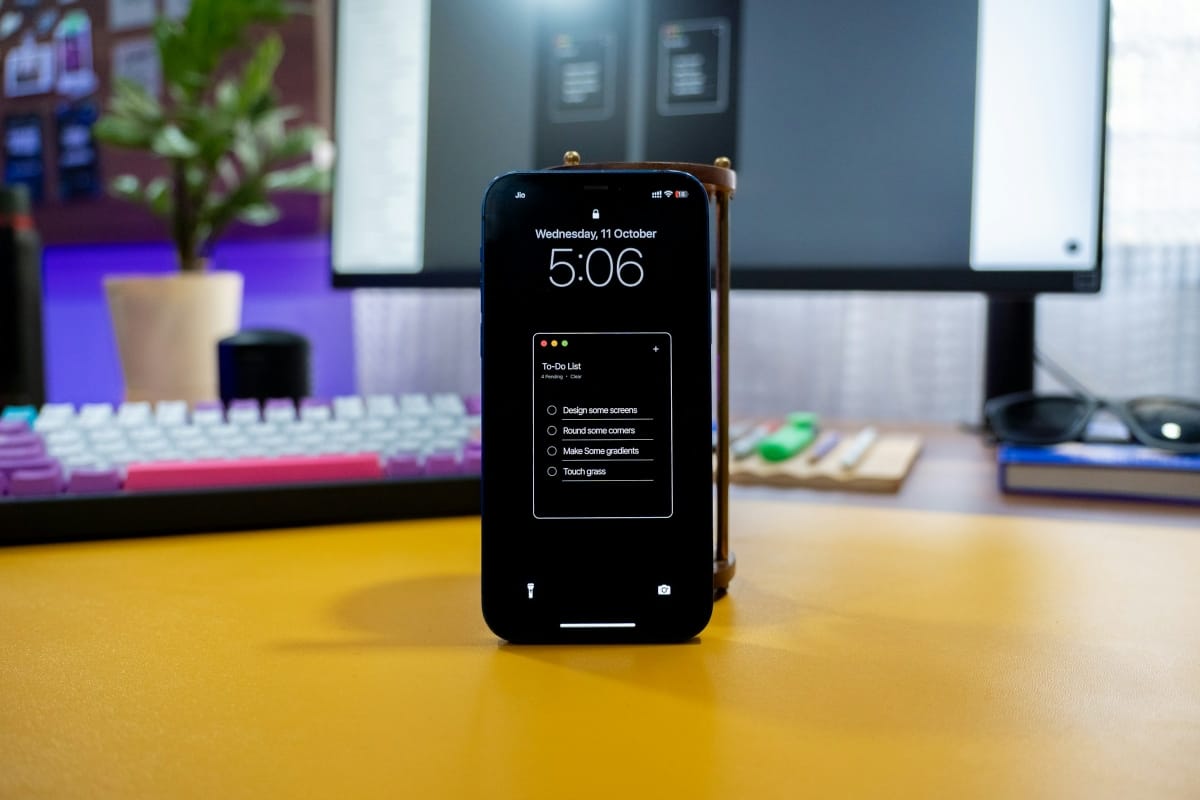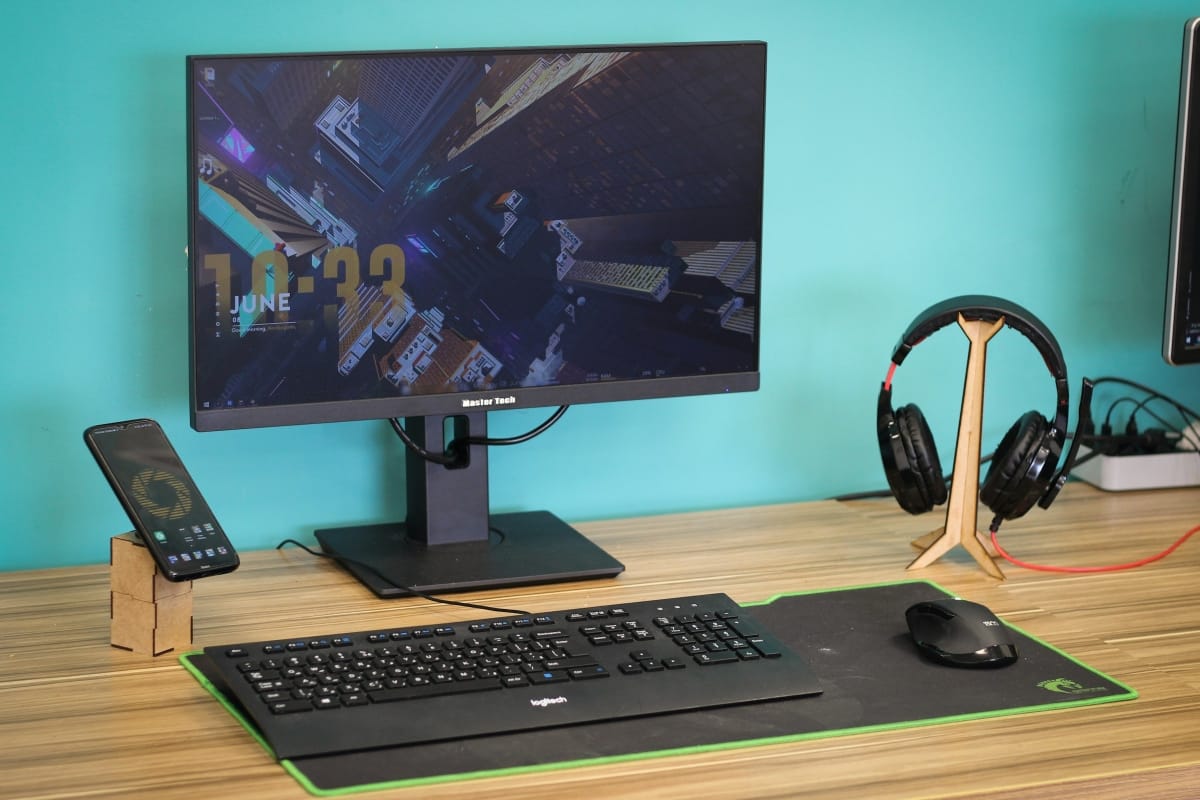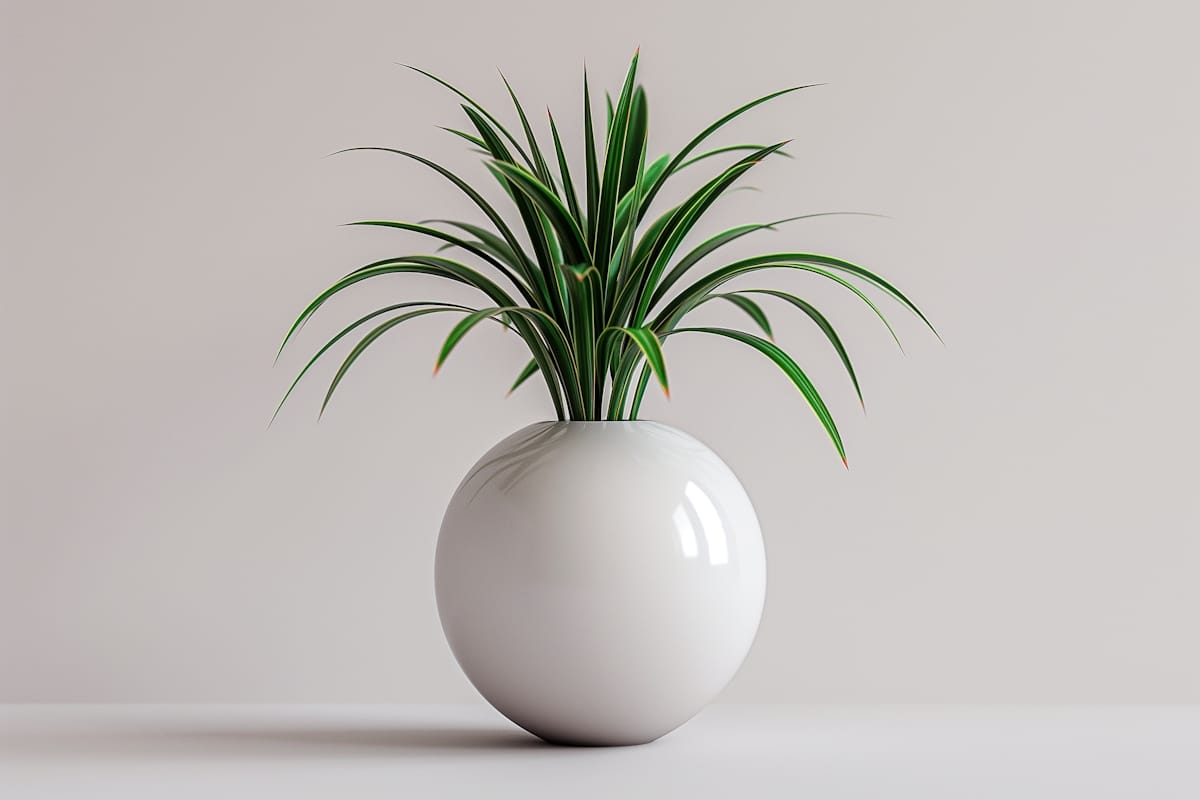Table of Contents
The digital landscape is evolving at an unprecedented pace, and at the heart of this transformation lies the Product Designer – a professional who bridges the gap between user needs and business objectives. This comprehensive guide explores everything you need to know about building a career in product design, from essential skills to industry insights that will set you apart in this competitive field.
What is Product Design?
Modern Product Designers work at the intersection of psychology, technology, and business strategy. They conduct user research, analyze behavioral data, create wireframes and prototypes, and collaborate closely with developers, product managers, and stakeholders to bring ideas to life.
The evolution of product design has been remarkable. What started as simple interface design has transformed into a sophisticated discipline that requires understanding of user psychology, market dynamics, and technical constraints. Today’s Product Designers are strategic thinkers who can influence product direction and company growth through their design decisions.
Design is not just what it looks like and feels like. Design is how it works. - Steve Jobs
The impact of great product design extends far beyond aesthetics. Companies with strong design practices consistently outperform their competitors in revenue growth, customer satisfaction, and market valuation. This has led to an increased demand for skilled Product Designers across all industries.
User Interface (UI) Design
UX design forms the foundation of product design. It involves understanding user behavior, conducting usability testing, creating user personas, and mapping out user journeys. A skilled Product Designer must be able to empathize with users and translate their needs into actionable design solutions.



While UX focuses on the overall experience, UI design deals with the visual and interactive elements users directly engage with. This includes typography, color schemes, button styles, iconography, and layout principles. A strong UI designer understands visual hierarchy, accessibility standards, and design systems.
UI design has evolved significantly with the introduction of design systems and component libraries. Modern Product Designers must be proficient in creating scalable design systems that maintain consistency across multiple platforms and touchpoints while allowing for flexibility and growth.
Design Systems and Consistency
Creating and maintaining design systems is crucial for scaling design across large organizations. Design systems provide a shared language between designers and developers, ensuring consistency while improving efficiency. They include color palettes, typography scales, component libraries, and usage guidelines.
The shift from Sketch to Figma has revolutionized collaborative design. Figma’s browser-based approach enables real-time collaboration, making it easier for distributed teams to work together. Its robust component system and auto-layout features have streamlined the design process significantly.
.cards {
display: grid;
grid-template-columns: repeat(auto-fit, minmax(250px, 1fr));
gap: 1.5rem;
padding: 2rem;
}
.card {
background: #fff;
border-radius: 12px;
box-shadow: 0 4px 20px rgba(0,0,0,0.1);
padding: 1.5rem;
}
This CSS example demonstrates modern design principles including responsive design, smooth transitions, and elevated interactions that Product Designers need to understand to create feasible designs.
Career Path and Salary Insights
The career path for Product Designers offers numerous opportunities for growth and specialization. Here’s a comprehensive breakdown of typical career progression:
- Principal Designer / Design Manager
- Salary Range: $160,000 - $250,000+
- Key Responsibilities: Organizational design strategy, team building, innovation
- Skills Focus: Executive communication, design culture, strategic planning
Design Systems: Focusing on creating and maintaining scalable design systems across organizations. These specialists command premium salaries due to their specialized expertise in creating consistency and efficiency at scale.
Interaction Design: Focusing on micro-interactions, animations, and complex interface behaviors. This specialization requires strong prototyping skills and understanding of motion design principles.
Modern collaboration tools have made this process more efficient. Design handoff tools automatically generate specifications, extract assets, and maintain version control, reducing the friction between design and development teams.
Conclusion
Product Design represents one of the most dynamic and impactful careers in the digital age. As we’ve explored throughout this comprehensive guide, the field requires a unique combination of creative vision, analytical thinking, technical understanding, and business acumen.
Whether you’re just starting your design journey or looking to advance your career, remember that great Product Design is ultimately about creating meaningful connections between people and technology. It’s about solving real problems and making people’s lives better through thoughtful, well-executed design solutions.

















